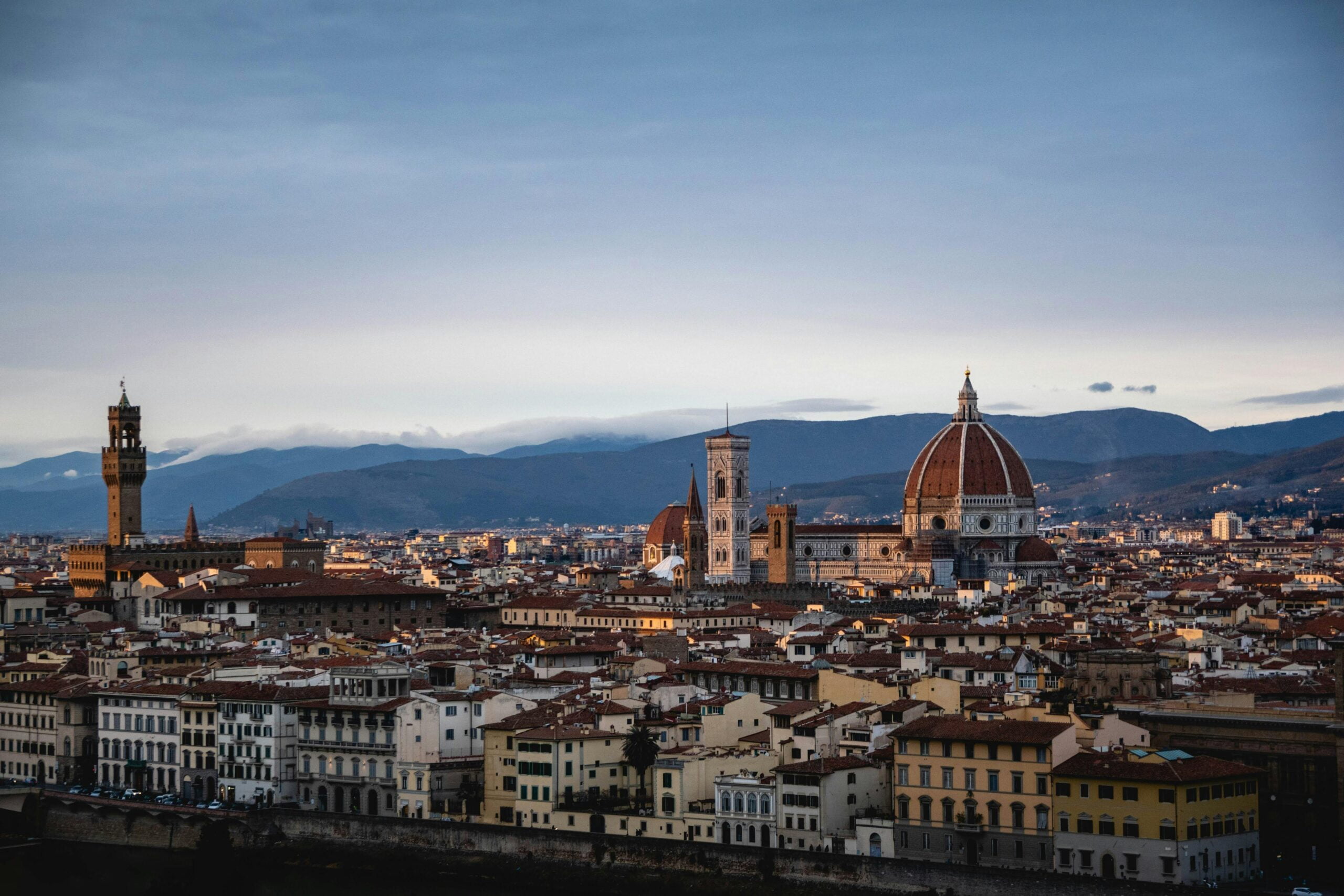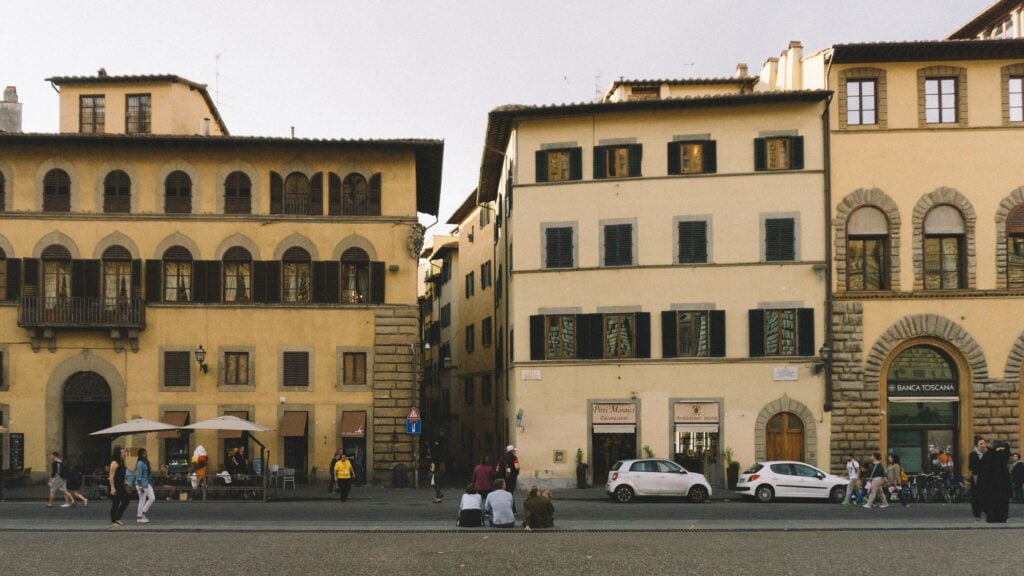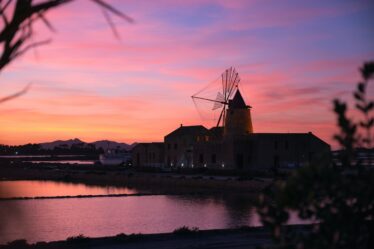

The long, straight road that gave rise to the name via Maggio was formerly named via Larga. We may use via Cavour as an analogous example. His name was The Most Way, but he eventually went by the moniker that’s familiar to all of us: via Maggio.
Originally, this area was used for agriculture, but after Palazzo Pitti was purchased and the Medici Court moved there, the area’s original configuration completely changed. The wealthy Florentine families constructed their buildings next to the most prominent home in the city.
This street leads to a common-looking castle, but up above is adorned with sophisticated murals by Bernardino Poccetti, who at the time was a master of grotesque embellishments and facade paintings (also known as Bernardino of the facades or grotesque), which formed up half of the The multi-character of the era, Bernardo Buontalenti, had a very nice home.
That’s correct; given the vicinity of Palazzo Pitti, we may describe “Uscio and Bottega” in the local vernacular. This was the residence of the Medici Corte Buontalele architect, which is what we see now at the corner of via dei Marsili. Sadly, the facade ornamentation vanished during nineteenth-century construction.
Known as the Medici family’s “spinning civil and military architect,” Bernardo Buontalenti, a Florence sculptor and scenarist, created the graffiti and paintings adorning this home for himself. It served as a gathering place for high-class intellectuals, including Torquato Tasso, who passed away there in 1608.



